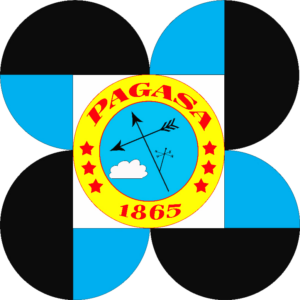THE Anti-Money Laundering Council (AMLC) has released new transaction reporting guidelines for banks and its other covered entities, specifying which types of transactions need to be relayed to the watchdog.
The guidelines aim to “provide covered persons with a set of guidelines to carry out one of their primary duties as covered persons, particularly on transaction reporting,” it said in an issuance published over the weekend.
Covered persons under the Anti-Money Laundering Act are financial institutions and designated non-financial businesses and professions. These include banks, quasi-banks, trust entities, pawnshops, nonstock savings and loan associations, electronic money issuers, insurance companies, securities dealers, brokers, salesmen, investment houses and other similar persons, among others.
“Covered persons shall ensure the completeness and accurateness of these covered transaction reports (CTRs) which shall be submitted in the electronic form as prescribed in these guidelines and filed through AMLC’s File Transfer and Reporting Facility (FTRF) or in any form as may be prescribed by the AMLC,” the watchdog said.
Covered persons must report to the AMLC all covered transactions within five working days of occurrence. They must also report regardless of the mode of transaction used in the settlement thereof, including checks, fund transfers, and/or debiting or crediting of accounts, except those transactions that are deferred for reporting to the AMLC and covered under low-risk transactions, it added.
However, casinos shall report casino cash transactions only, the AMLC said. Real estate barkers and developers shall likewise only report covered cash transactions only.
The document also details the guidelines for suspicious transaction reports (STR), including the reporting chain and quality and timing of reporting.
“Where a transaction is inconsistent in amount, origin, destination or type with a customer’s known, legitimate business or activities, etc., the transaction should be considered unusual, and the covered person should have internal controls in establishing whether this warrants the filing of an STR,” it said.
“Covered persons shall have systems in place that shall alert its responsible officers or employees of any circumstance or situation that would give rise to a suspicion of ML/TF (money laundering/terrorism financing) activity or transaction.”
Reports must also be complete, accurate, and timely, the AMLC said.
“Covered persons shall formulate a reporting chain under which a suspicious transaction or circumstance will be reviewed, processed, validated or escalated,” it added.
The guidelines also include steps for the determination period for transactions or persons related to an unlawful activity, for high priority predicate crimes, for highly unusual or suspicious transactions, and targeted financial sanctions, among others.
The AMLC also defined low-risk transactions for covered persons.
For BSP-supervised financial institutions (BSFIs), these are transactions between BSFIs and the BSP, those involving transfer of funds from savings account to checking account of the same person within the same BSFI, those made between banks operating in the Philippines, as well as transactions of banks with their overseas branches, provided these are limited to proprietary transactions or those for the account and sole benefit of the bank BSFI, among others.
Meanwhile, low-risk transactions for operators of payment systems are cash-in transactions with a cash-in system provider and payment clearing transactions of the clearing switch operator of an automated clearing house among others.
The AMLC also requested other submissions from covered persons, such as Know Your Customer documents, electronic detailed returns on the freeze order, and realty transaction reports from the Land Registration Authority and its registries of deeds. — Luisa Maria Jacinta C. Jocson






